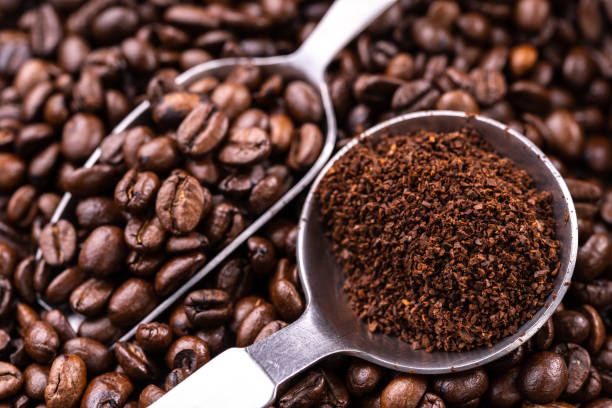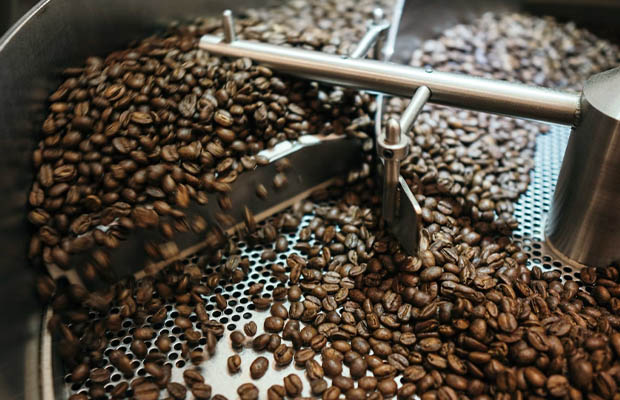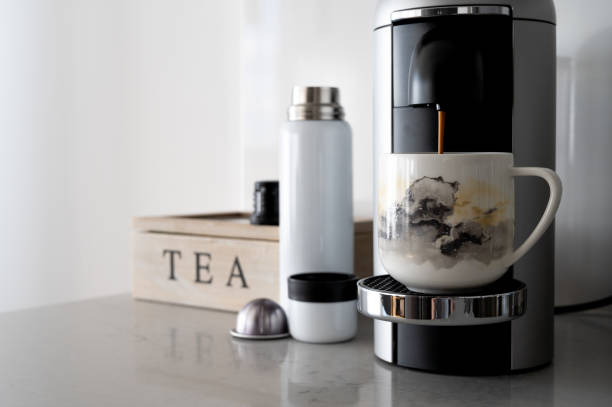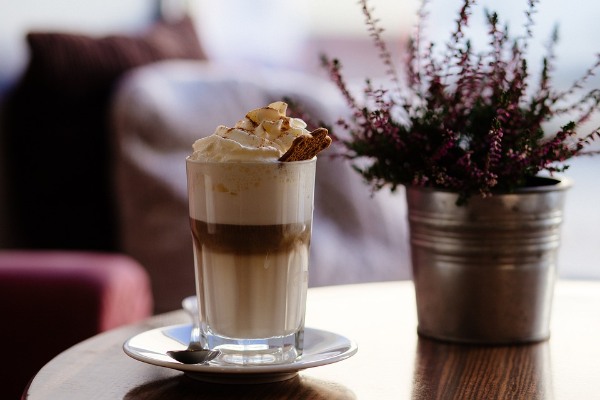Once you’ve purchased fresh coffee, how you grind the beans is key to making a delicious cup. Since it affects how flavor is extracted during brewing, your grinder is actually the most crucial piece of coffee equipment. Even though pre-ground coffee is practical, it’s always preferable to purchase whole beans and grind the coffee beans just before brewing. Learn how to grind coffee beans by continuing to read.
Why Does Grind Matter?
Maximum freshness and flavor are ensured by grinding whole bean coffee just before brewing. The majority of the flavors you taste in coffee come from volatile oils found in roasted coffee. When beans are ground, these oils interact with oxygen and start to vaporize. Your ground coffee may lose flavor more quickly the longer it’s exposed to the air. Moreover, the flavor and mouthfeel of your coffee are significantly influenced by the interactions that water has with it during the brewing process. The size and consistency of your grind are crucial because the more water that comes into contact with the coffee during brewing, the more quickly the flavor will be extracted. You might unintentionally stop extraction if your grind is too fine for your brewing technique. A weak, flavorless cup of coffee could result from a coarse grind that allows water to pass through it too quickly.
Types of Coffee Grinds
Whole Bean Coffee
Although whole bean coffee isn’t technically a type of grind, understanding the term is important. The best option for freshly brewed coffee made at home is the whole bean, which is coffee that has not been ground.
Coarse Perk Grind
For immersion brewing techniques, where water comes into close contact with the coffee during brewing, coarse perk grind is the best coarse grind. A coarse perk grind should resemble the granular, visible-to-the-untrained eye Poipu Beach sand in texture. similar to the crystals of sea salt
Auto Drip Grind
The most typical size at the grocery store or on the shelf at your local coffee shop is the auto drip grind, which is a medium grind. In automatic home brewers, auto drip or medium grinds work best. Auto drip grinds ought to resemble fine beach sand or flaky sea salt in terms of size and texture.
Cone Fine Grind
Cone filtered brewers require a medium-fine grind called cone fine, which should be a little more refined than medium grind and resemble traditional table salt.
Espresso Grind
When using pressure extraction brewing techniques, espresso grind is fine. Espresso coffee should resemble granulated sugar in terms of size and texture.
Turkish Grind
Turkish grind is an incredibly fine, powdery grind that is used to make Turkish coffee. The texture ought to resemble that of all-purpose flour or cocoa powder for baking.
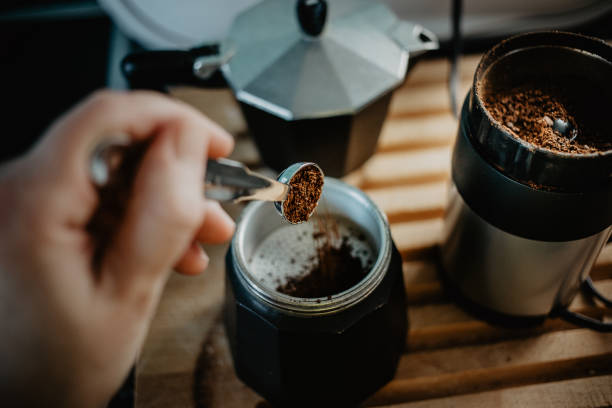
At-home Machines for Grinding Beans
Blade Grinders
The most typical kind of home coffee grinder you can find at a nearby kitchen supply store is a blade grinder. They have a few speed settings and a straightforward blade at the bottom of the vessel. Because they have a single blade and only a few speed settings, blade grinders work best for coarse to medium grinds.
Burr Grinders
Many coffee lovers who grind their own coffee at home prefer burr grinders. Their multi-blade system produces more crushing surfaces for coffee beans, leading to a more even and reliable grind.
Conical Burr Grinders
Professional-grade grinders with conical burrs can be found at your neighborhood cafe. The most precise grind sizes and textures are provided by their conical shape and various speed settings.
Hand Grinders
When the power goes out, hand grinders are great for preparing your morning brew while you’re on the go or when you want to make gourmet coffee. Prior to the development and accessibility of blade grinders, hand grinders were the most popular at-home bean blitzing equipment.
How to Grind Coffee Beans Without a Grinder?
Mortar and Pestle: Use this age-old technique to grind coffee beans. You will receive coffee ground powder.
Use A Blender: Use your home blender to quickly produce coarse coffee grounds. Take care not to allow the accumulated heat to sour the flavor of your coffee beans.
Crush With Rolling Pin: With a rolling pin, you can produce uniform coffee grounds with a medium-fine texture, but it will require a lot of work.
With A Hammer: You will get coarse to medium coffee grounds if you pound those coffee beans with a hammer.
Use A Knife: Use the side of a butcher knife to crush the coffee beans. Use this technique to obtain medium-fine grounds.
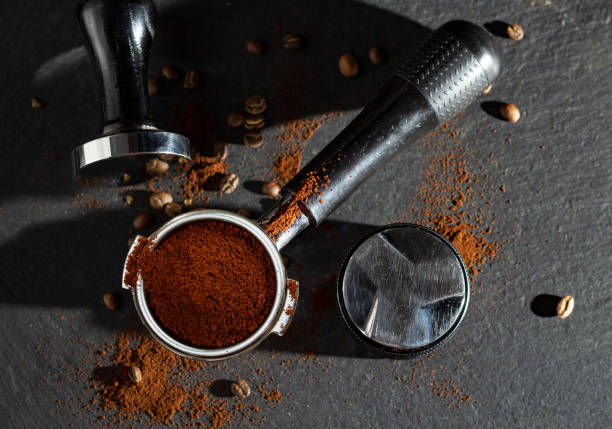
How Long to Grind Coffee Beans?
Size matters more than the time when grinding coffee beans. For proper extraction—the blending of water, coffee, temperature, pressure, and time—your coffee grounds must be the right size and extremely consistent. When extraction fails, you can immediately tell. Although your brewing method specifies the ideal degree of coarseness, the flavor can degrade in one of two easily recognizable ways: either a sour taste (from too coarse of a grind) or a bitter taste (from too fine a grind).
The general rule of thumb for grinding coffee beans varies by brewing method:
• Espresso: The finest grind, about the size and consistency of cocoa powder, is needed for espresso, which uses pressure for extraction.
• Drip or Pour Over: For these brewing techniques, which filter the coffee, a medium grind that is roughly the size of coarse sand is required.
• French Press or Cold Brew: The coarsest ground, about the size of big salt crystals, is required for preparations that extract by timing the immersion of the grounds in water.
It all comes down to locking in your grind and brew methods and creating a routine around them once you have fresh beans, clean water, and a reliable grinder. The key is consistency, regardless of the water source, temperature, amount of coffee, or grind size. How to calibrate your brew can be determined using our coffee-to-water ratio calculator.
Summary
It takes violence to grind coffee. The coffee is removed from its lovely, welcoming home in its bag or can and placed into a bean hopper, which is not a bad place in and of itself. However, as soon as the grinder is turned on, you can hear the motor humming and the burrs spinning erratically as the coffee begins to be ground into tiny particles. This is where the action happens and where your coffee experience begins.

